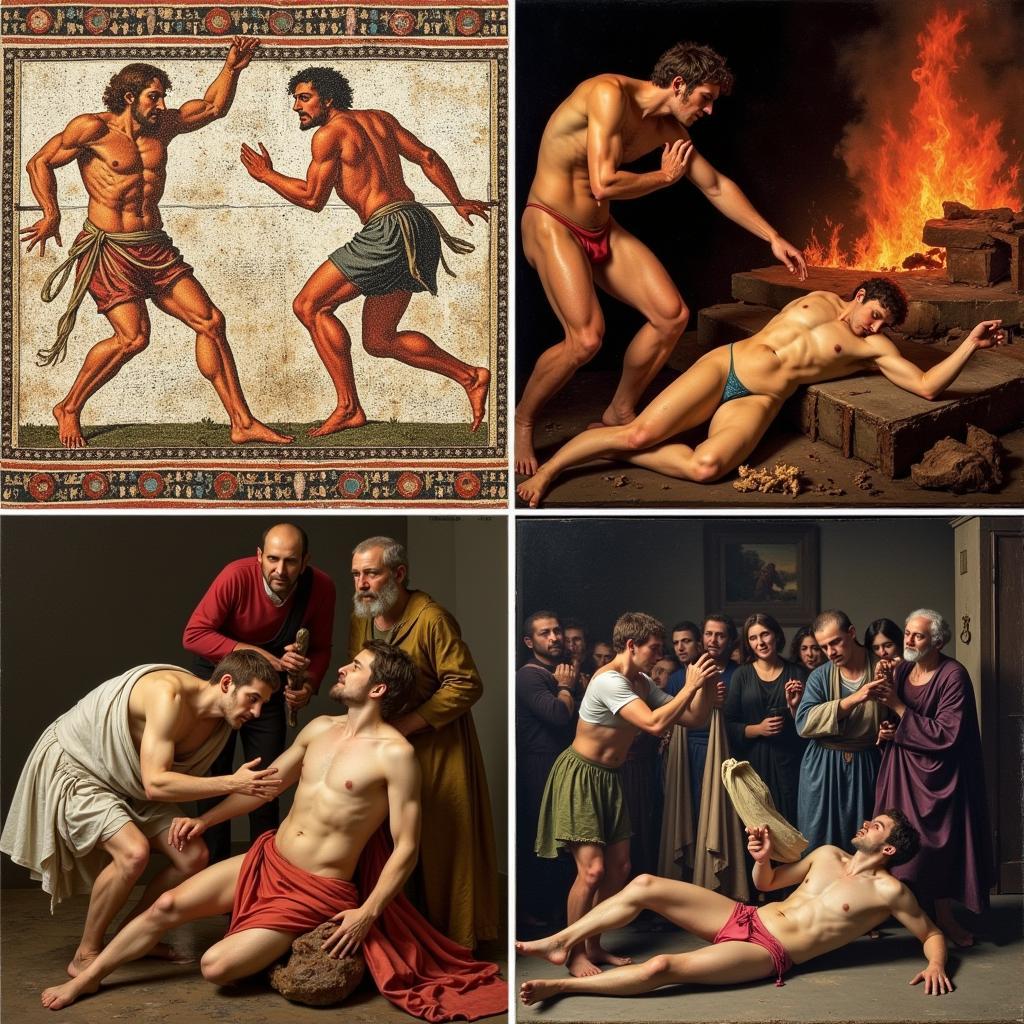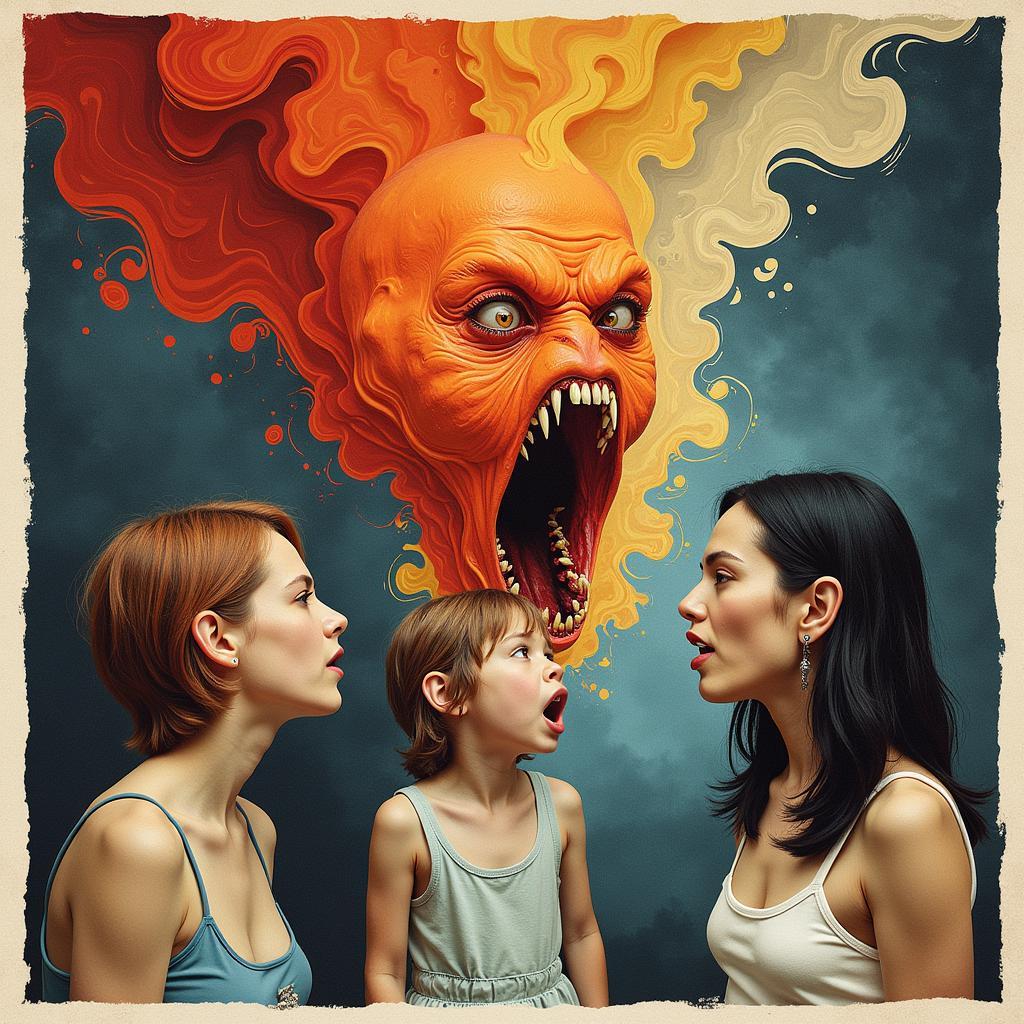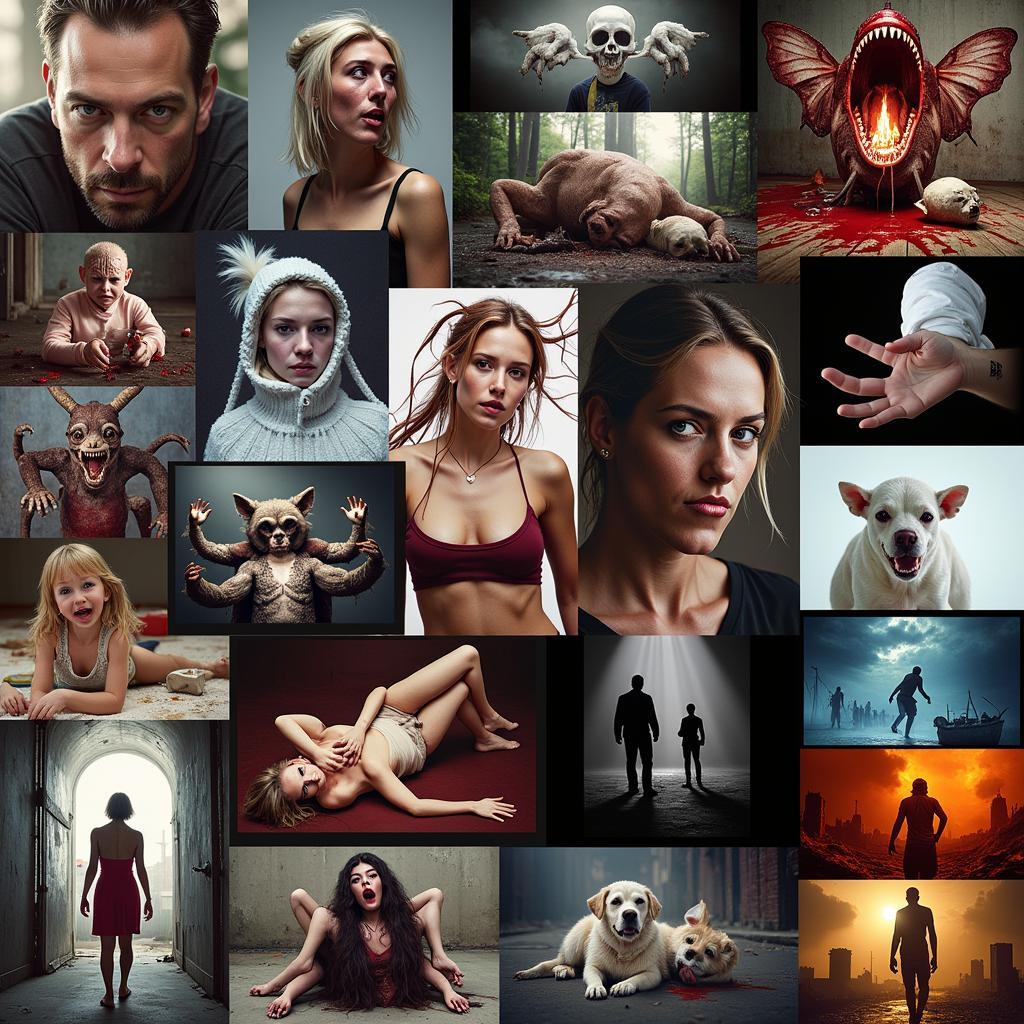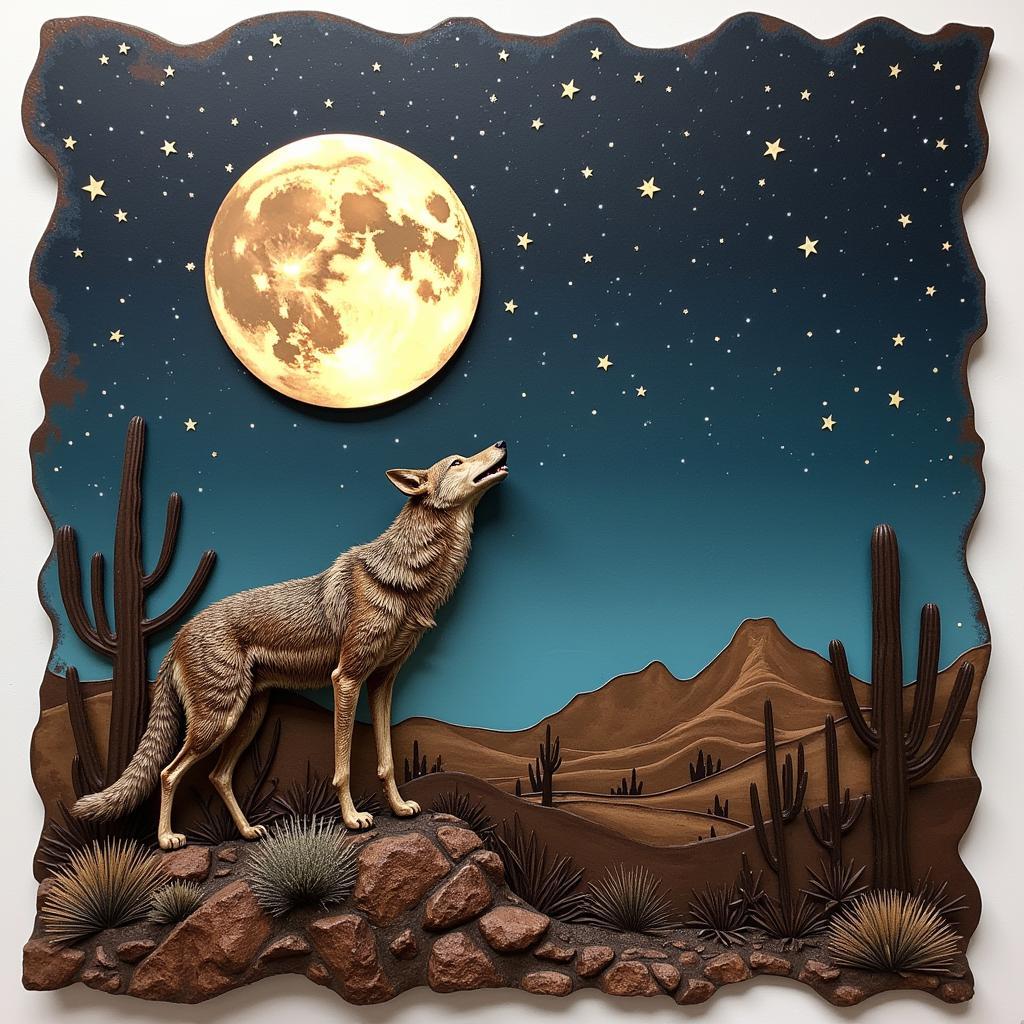Exploring the Art of Cruelty: A Reckoning
The art of cruelty: a reckoning. It’s a phrase that evokes complex emotions and raises challenging questions. From ancient gladiatorial combats to modern performance art, depictions of cruelty in art have consistently provoked dialogue and debate. This exploration delves into the historical context, psychological implications, and ethical considerations surrounding the portrayal of cruelty in artistic expression.
Historical Perspectives on the Art of Cruelty
Throughout history, art has grappled with themes of violence and suffering. Ancient Greek tragedies, Roman mosaics depicting violent scenes, and medieval paintings portraying the torments of hell all reflect a complex relationship with cruelty. These works often served religious, political, or social functions, offering explanations for suffering or reinforcing moral codes. However, they also reveal a fascination with the darker aspects of human existence.
The Renaissance and Baroque periods saw continued exploration of these themes, with artists like Caravaggio depicting visceral scenes of martyrdom and violence with stark realism. These works often aimed to evoke strong emotional responses in the viewer, prompting reflection on faith, mortality, and the human condition.
 Historical Depictions of Cruelty in Art
Historical Depictions of Cruelty in Art
The Psychology of the Art of Cruelty: A Reckoning
Why are we drawn to depictions of cruelty in art? Psychological theories offer several explanations. Some argue that witnessing simulated suffering allows us to process our own anxieties and fears in a safe environment. Others suggest that art can provide a framework for understanding complex emotions like anger, grief, and empathy.
The concept of catharsis, originating with Aristotle, posits that experiencing intense emotions through art can lead to a sense of release and purification. However, this theory has been debated, with some arguing that exposure to violent imagery can desensitize viewers or even contribute to aggressive behavior.
Furthermore, the interpretation of art is subjective and influenced by individual experiences, cultural background, and personal beliefs. What one viewer perceives as a powerful commentary on social injustice, another might find gratuitous and offensive.
 Psychological Responses to the Art of Cruelty
Psychological Responses to the Art of Cruelty
Ethical Considerations: Confronting the Art of Cruelty
The ethical implications of depicting cruelty in art are complex and often contentious. When does artistic expression cross the line into exploitation or glorification of violence? How do we balance artistic freedom with the potential for harm to viewers?
These questions have led to heated debates throughout history, with censorship attempts often targeting works deemed too graphic or disturbing. However, many argue that restricting artistic expression can stifle creativity and limit the potential for art to challenge societal norms and spark important conversations.
Navigating these ethical dilemmas requires careful consideration of context, intent, and impact. It is essential to engage in critical dialogue about the role of art in society and the responsibilities of both artists and audiences.
Dr. Anya Sharma, a renowned art historian, emphasizes the importance of context: “Understanding the historical and cultural context of a work of art is crucial to interpreting its meaning and assessing its ethical implications. A piece that might seem shocking in isolation could be a powerful critique of social injustice when viewed within its historical framework.”
The Art of Cruelty in the Digital Age: A Reckoning
The rise of digital media has dramatically transformed the landscape of art and its accessibility. The internet has democratized artistic creation and distribution, enabling artists to explore themes of cruelty in new and innovative ways. However, this increased accessibility also raises new ethical concerns, particularly regarding the potential for the spread of harmful content.
 Digital Art Exploring Cruelty and Ethics
Digital Art Exploring Cruelty and Ethics
Conclusion: Reckoning with the Art of Cruelty
The art of cruelty: a reckoning. This exploration has delved into the multifaceted nature of portraying cruelty in art, from historical perspectives to ethical considerations. While the subject remains complex and often challenging, engaging with these difficult themes can offer valuable insights into the human condition and the power of artistic expression. By acknowledging the complexities and engaging in thoughtful dialogue, we can continue to explore the boundaries of art and its capacity to provoke, challenge, and ultimately, enlighten.
FAQ
- Why do artists depict cruelty? Artists explore cruelty for various reasons, including social commentary, emotional catharsis, and aesthetic exploration.
- Is it ethical to create or consume art depicting cruelty? The ethics are complex and depend on context, intent, and impact. Critical dialogue is essential.
- How has the digital age impacted the art of cruelty? Digital media has increased accessibility and allowed for new forms of expression, but also raises new ethical concerns.
- What is the role of the viewer in interpreting art about cruelty? Viewers bring their own experiences and biases, making interpretation subjective and open to dialogue.
- Can art depicting cruelty be beneficial? It can be, by prompting critical thinking, fostering empathy, and raising awareness about important issues.
- How can we distinguish between artistic expression and gratuitous violence? Context, intent, and the artist’s overall message are key factors to consider.
- What are the potential negative effects of viewing art depicting cruelty? Some viewers may experience desensitization, distress, or increased aggression.
Need support? Contact us 24/7: Phone: 02462573573, Email: [email protected]. Visit us: Savico Megamall, 7-9 Đ. Nguyễn Văn Linh, Gia Thụy, Long Biên, Hà Nội 10000, Việt Nam.
We also have other helpful articles on our website exploring related topics like the impact of violence in media and the psychology of art. Feel free to explore our resources and continue the conversation.

